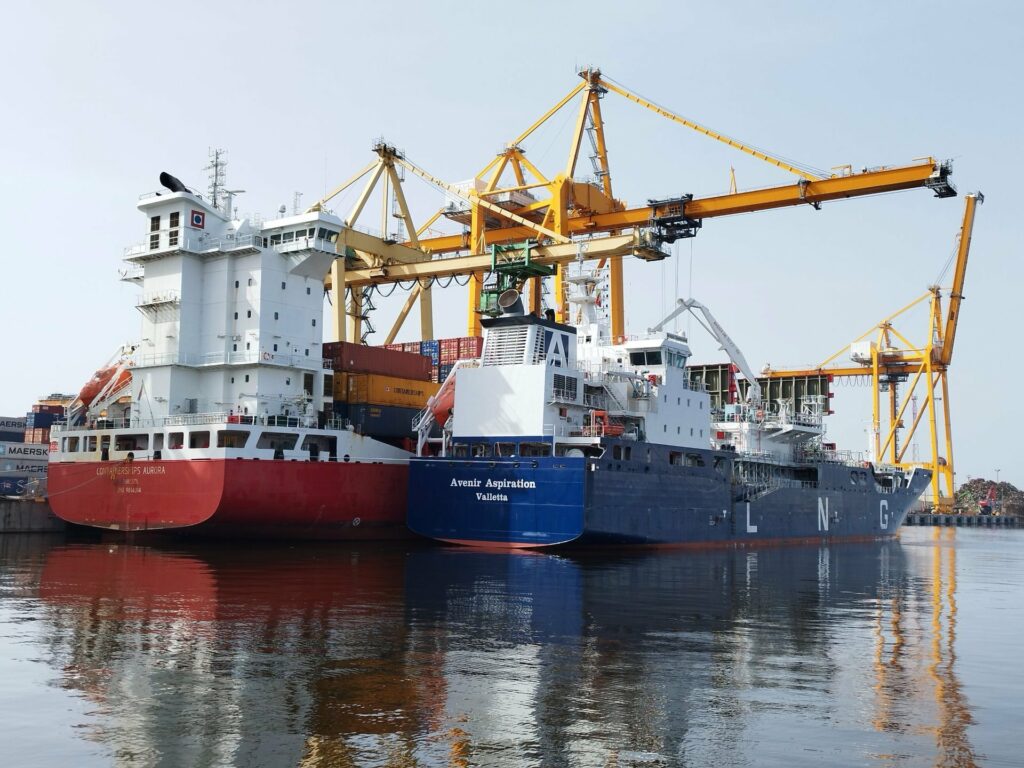The volume of Ukrainian grain transshipment at the port of Klaipeda has halved

The key barrier to the export of Ukrainian grain products remains logistics problems.
Despite Europe’s support, limited routes and high costs make it difficult for Ukrainian products to enter world markets. This was stated by Rodion Rybchinsky, director of the Flour Mills of Ukraine Public Company, APK-Inform reports.
According to him, significant support was provided by the so-called solidarity routes – routes opened for Ukrainian exports by EU countries through their railway infrastructure, in particular to the Baltic and Polish ports. However, these alternatives are not able to fully compensate for the loss of traditional routes.
“The commonwealth routes helped us a lot, that is, those open routes that European countries provided us with on their railways, including here to the Baltic ports and to Polish ports. But this still does not allow us to fully compensate for the losses we have suffered since the beginning of the war,” Rybchinsky noted.
An additional channel remains the route via the Danube to the Romanian port of Constanta, but it is not without difficulties: military risks remain, which increases the cost of insurance and logistics in general.
“On the one hand, the Baltic ports are interesting because there are direct container lines here and there is the possibility of shipping to North America, South Asia, and so on. But this is a very large circle for the goods to get there,” the expert explained.
Thus, only the port of Venspils in 2023 slightly increased the transshipment of Ukrainian products compared to 2021. Through the port of Klaipeda, the volumes fell almost by half. In contrast, Polish ports significantly increased the volume of processing Ukrainian grain and its processed products.
However, despite the difficulties, the Baltic ports remain an important element of export logistics. Rybczynskiy named among their advantages a stable climate, modern infrastructure, shorter delivery times to Europe, less congestion and higher shipping safety. The main disadvantage remains high logistics costs – 2-3 times higher than through the Danube route. As previously reported by USM, the port of Klaipeda will become a key hub for verifying the origin of Ukrainian grain.





